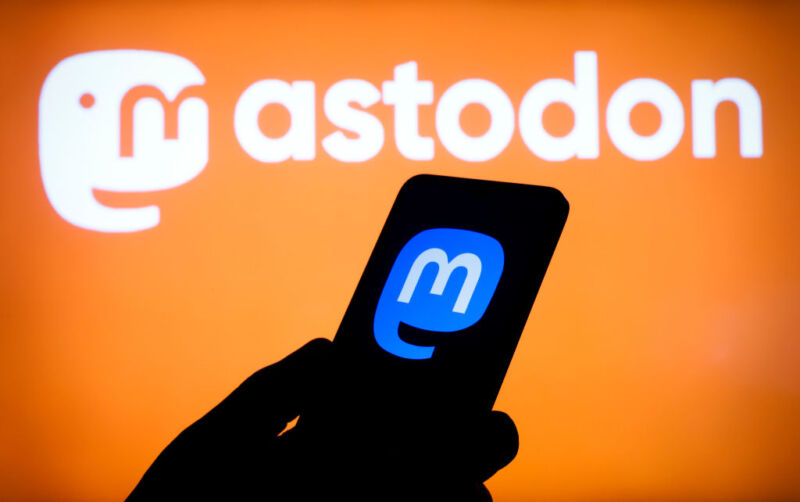
Enlarge (credit: NurPhoto via getty)
Rodti MacLeary started a Mastodon instance, mas.to, in 2019. By early November 2022, it had amassed around 35,000 users. But since Elon Musk bought Twitter and unleashed one chaotic decision after another, people have signed up for mas.to and other instances, or servers, in surging waves that have sometimes kicked them briefly offline. The influx of users is propelled by each haphazard policy update Musk professes from his own Twitter account. Last week, Twitter’s billionaire owner suspended several high-profile journalists and accused them of doxing him, and then briefly banned links to any social media competitors, including Mastodon. But the mas.to instance continued to grow, hitting 130,000 total users and 67,000 active users by Tuesday.
That’s minuscule compared to Twitter’s hundreds of millions of tweeters. But it’s a heavy lift for someone like MacLeary, who has a day job and no paid staff, and has funneled time and money into mas.to as a labor of love. As a decentralized, open-source social media platform, Mastodon is markedly different in its construction from Big Tech platforms like Meta, Twitter, and YouTube. That’s part of its appeal, and it’s working its way from a niche into the mainstream consciousness: Mastodon now has more than 9,000 instances and some nearly 2.5 million active monthly users.
Read 13 remaining paragraphs | Comments
